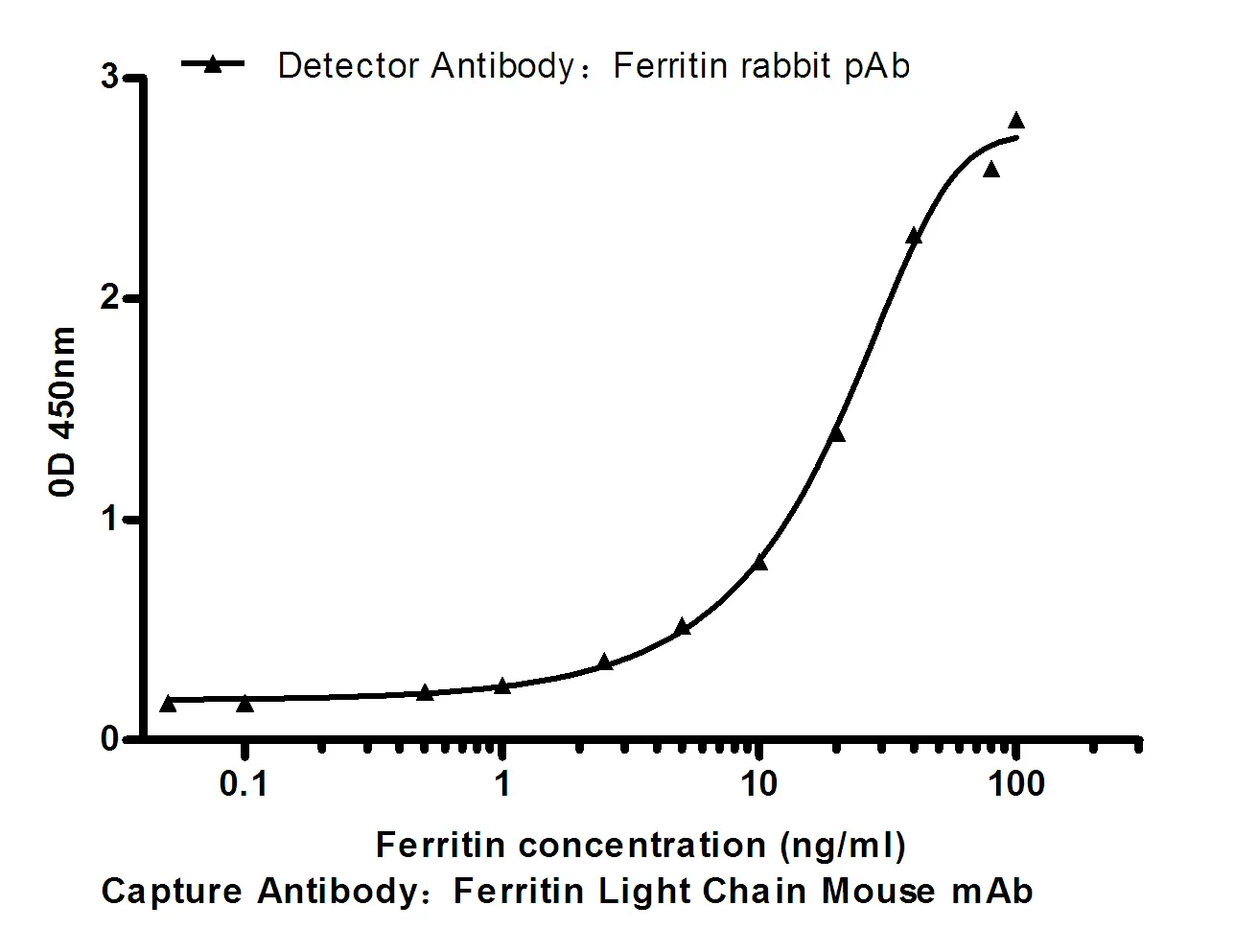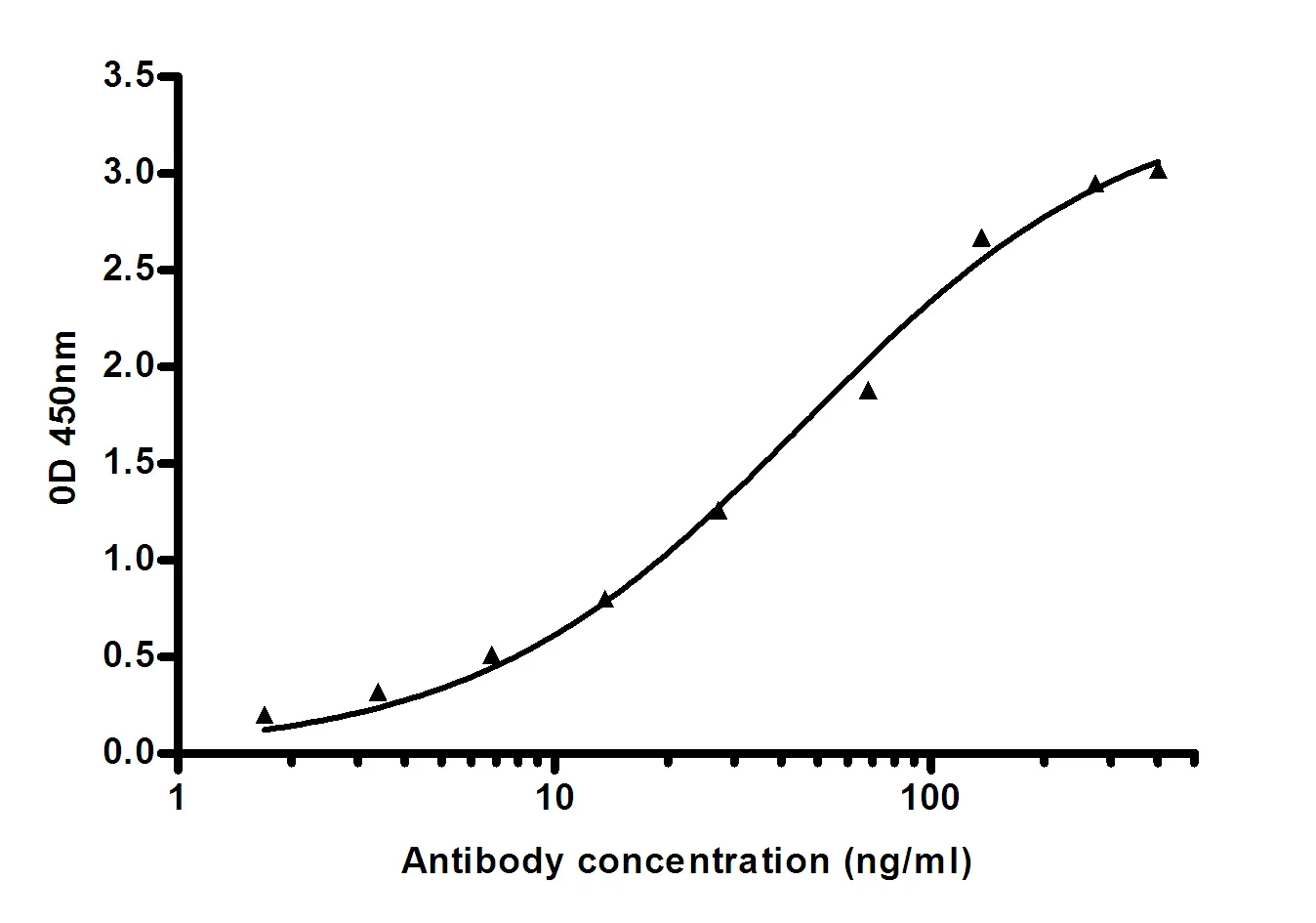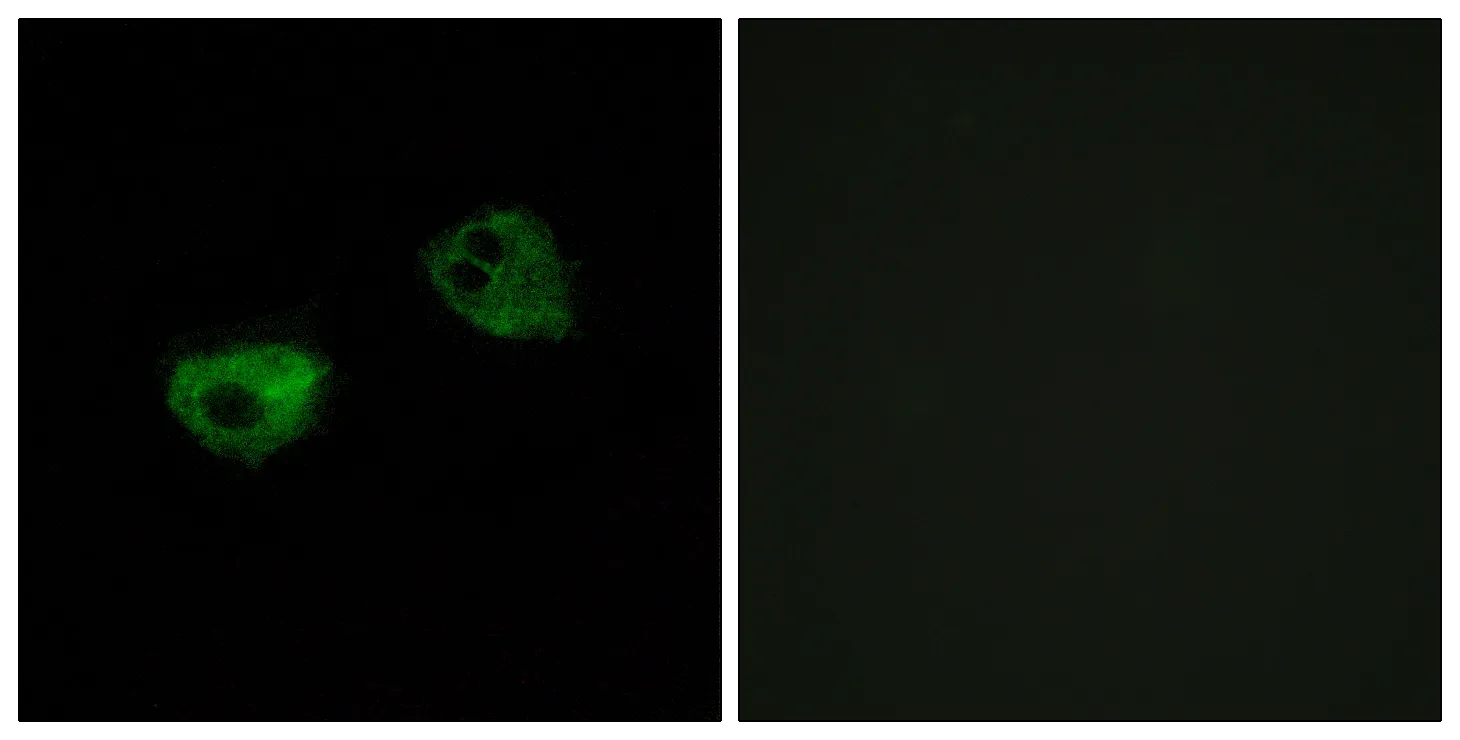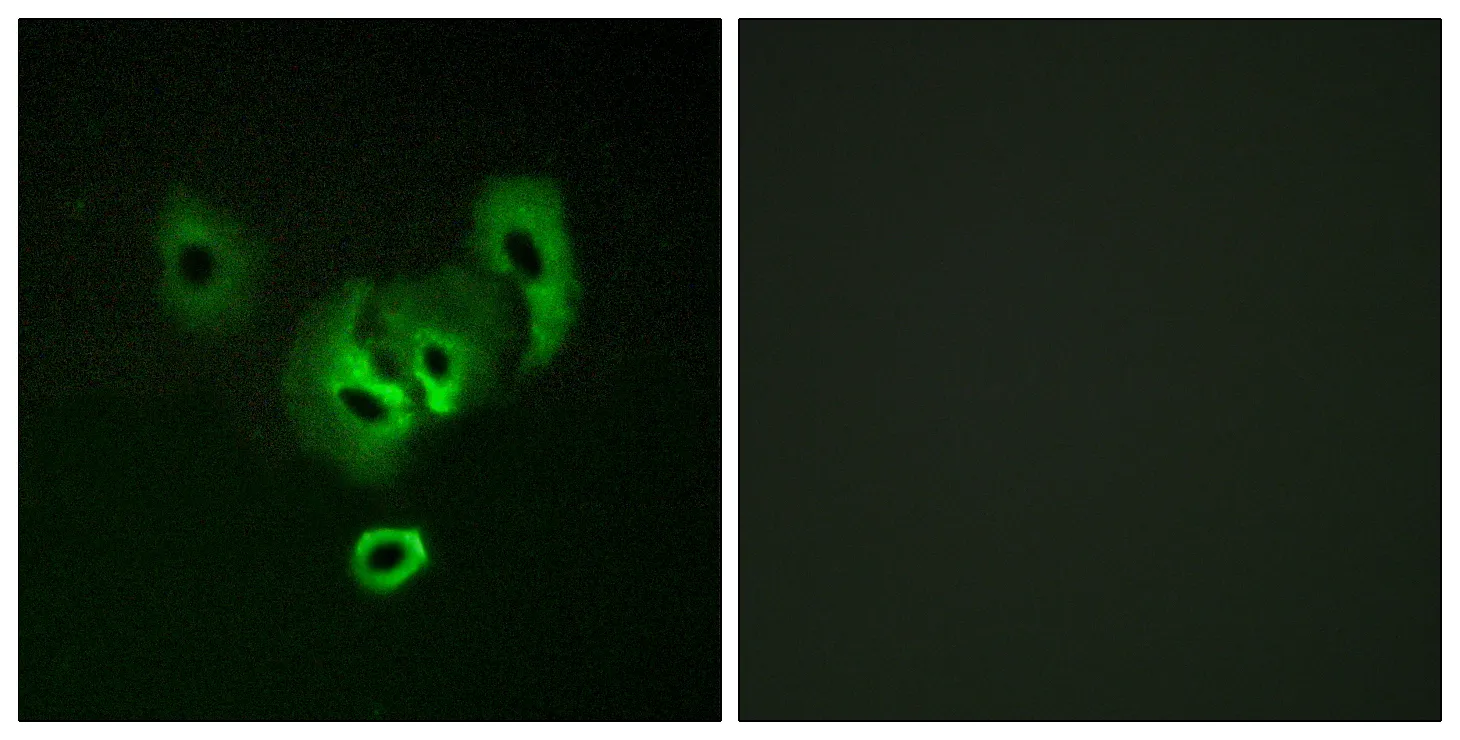Summary
Performance
Immunogen
Application
Background
chloride intracellular channel 4(CLIC4) Homo sapiens Chloride channels are a diverse group of proteins that regulate fundamental cellular processes including stabilization of cell membrane potential, transepithelial transport, maintenance of intracellular pH, and regulation of cell volume. Chloride intracellular channel 4 (CLIC4) protein, encoded by the CLIC4 gene, is a member of the p64 family; the gene is expressed in many tissues and exhibits a intracellular vesicular pattern in Panc-1 cells (pancreatic cancer cells). [provided by RefSeq, Jul 2008],domain:Members of this family may change from a globular, soluble state to a state where the N-terminal domain is inserted into the membrane and functions as chloride channel. A conformation change of the N-terminal domain is thought to expose hydrophobic surfaces that trigger membrane insertion.,function:Can insert into membranes and form poorly selective ion channels that may also transport chloride ions. Channel activity depends on the pH. Membrane insertion seems to be redox-regulated and may occur only under oxydizing conditions. Promotes cell-surface expression of HRH3. May play a role in angiogenesis.,induction:Up-regulated by calcium ions in differentiating keratinocytes.,similarity:Belongs to the chloride channel CLIC family.,similarity:Contains 1 GST C-terminal domain.,subcellular location:Exists both as soluble cytoplasmic protein and as membrane protein with probably a single transmembrane domain. Present in an intracellular vesicular compartment that likely represent trans-Golgi network vesicles.,subunit:Monomer. Interacts with HRH3.,tissue specificity:Detected in epithelial cells from colon, esophagus and kidney (at protein level). Expression is prominent in heart, placenta and skeletal muscle.,
Research Area
Cell Biology






